Log in or create new account to save this product to your wishlist.

Identifying and controlling millet in your lawn
Millet is an edible crop, loved for its edible, highly nutritious grain. However, you may find millet in your lawn, spread through bird droppings. Find out how to identify and control millet in your lawn.
🌱 All important maintenance moments for your lawn during the year. Leave your email and we will send you the lawn calendar for free.
Enter your email
Receive the lawn calendar in the mail
Enjoy a green lawn all year round!

- Order by 2PM = shipped today
- 200.000+ satisfied customers!
- 60 day satisfaction guarantee
When the weather is warm and the sun beats down, a weed known as millet can thrive. This coarse, wide-leafed grass stands out clearly from your lawn grass, so when you spot it, it’s time to act.
- What is millet?
- The origins of millet in the lawn
- How to recognise millet in your lawn
- The ideal growth conditions for millet
- The best defence against lawn millet
- Preventing millet in your lawn
- FAQs
Because, left to its own devices, millet can quickly spread, encouraging bald spots in your lawn in a short space of time. And before you know it, your lawn is seriously compromised.
In this article, I’ll explain how to identify and control millet in your lawn, exploring how to eradicate it and prevent its spread.
Ready? Let’s go!
What is millet?
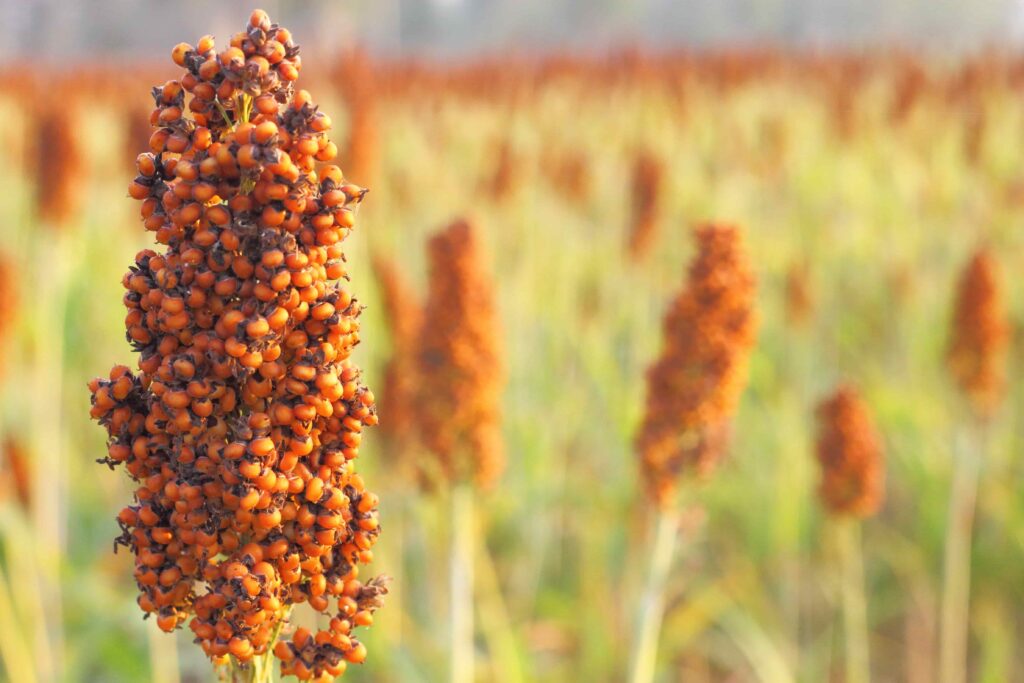
Millet (aka proso millet/broomcorn millet/red millet) is a highly nutritious, edible grain that’s mainly farmed in Asia and Africa, but it’s also grown in the UK. The crop grows flat and wide in its initial stages, displacing your lawn grasses by casting it in shadow when it appears in your garden turf.
When it matures, the plant produces clusters of edible seed heads. And when these small, round grains are cooked, they become soft and fluffy, making it an excellent replacement for quinoa or brown rice.
So, how does this crop appear in your lawn?
The origins of millet in the lawn
Millet is commonly found in bird feed. So, if you offer sustenance to your feathered friends, you will likely find millet in the lawn! This is because millet seeds often leak from the feeder, which finds its way into your lawn.
Alternatively, millet seed travels intact through the bird’s digestive system, so if they’ve been eating it, they’ll drop the still fertile seeds through their droppings. And, of course, birds tend to excrete while in flight, distributing the seeds as they go.
Each plant produces up to 25,000 seeds in its life cycle, so if there’s a millet field or meadow nearby, millet will likely appear in your lawn.
How to recognise millet in your lawn
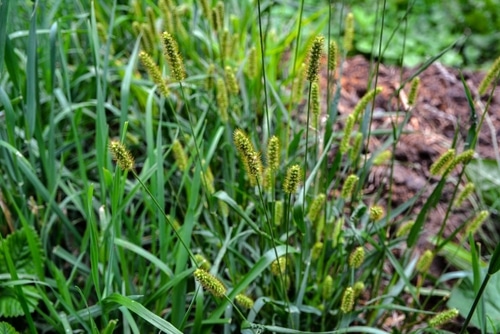
Millet leaves are light green, forming many side shoots. This creates a small nest of flat, broad leaves — about the same width as a dandelion but without the prongs.
And this nest of leaves spreads over your existing lawn grass, starving it of daylight.
If you mow regularly, the plant will unlikely grow its distinctive seed ears. But if the seed heads develop, the weed can quickly spread as the seeds get carried in the wind.
The ideal growth conditions for millet
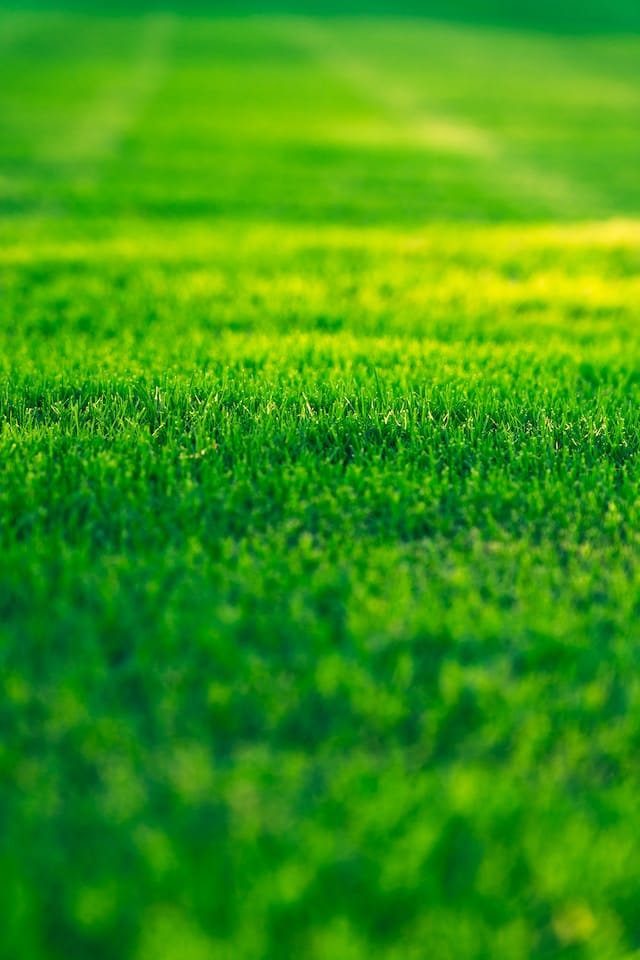
This voracious weed favours sunny weather and warm soil. Millet is in its element when the temperature exceeds 20ºC, which is problematic because your lawn grasses stop growing after 25ºC, allowing millet to compete for turf.
Millet also enjoys acidic soil, so I recommend spreading Lawn Lime to neutralise the acidity, making the earth more hospitable to your lawn grasses.
Ultimately, the popularity of millet as a food crop is its undemanding robustness — it grows in poor soil without a great deal of intervention. And this makes it an annoying weed in the garden.
The best defence against lawn millet
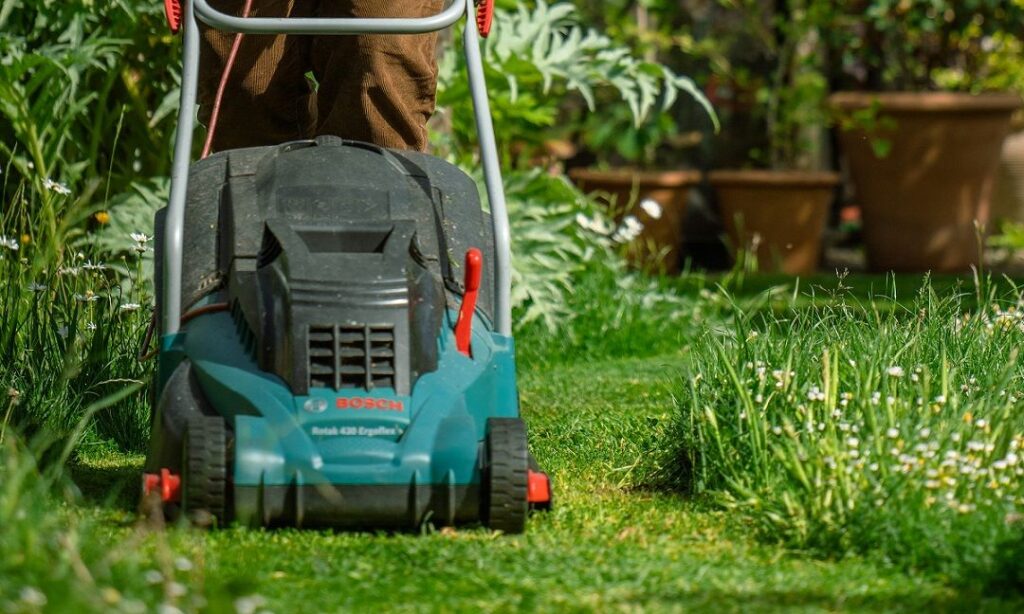
It’s easy to spot millet in a young lawn because of its nest shape as it establishes. However, avoid using weed killer with a new lawn — it’ll kill your fresh grass.
So, if you spot millet in a young lawn, dig it up — more about how to remove it manually later.
How to pull it up
In general, pulling up a weed is unlikely to remove the plant because many have robust roots.
However:
Millet has relatively shallow roots, so it’s usually sufficient to gather the “nest of leaves” and pull it out of the ground. The roots are typically shallow and flat-growing and usually come out of the soil with a jerk.
Always wear gloves when weeding to avoid triggering skin reactions, and dispose of the weeds in the green bin.
So, removing the young plant is relatively undemanding, luckily.
Preventing millet in your lawn
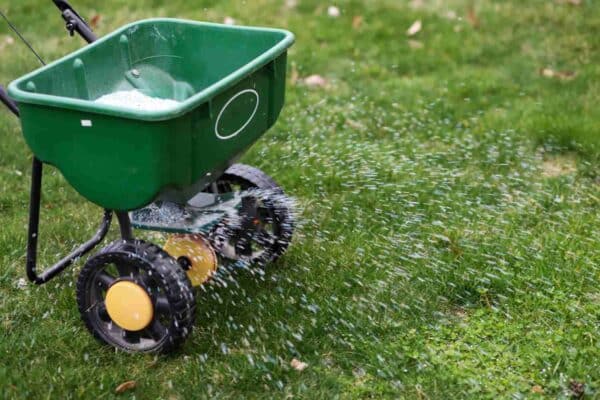
The best defence against lawn weeds is a robust lawn care regime because a well-fed, regularly mown lawn will be dense enough to prevent weeds from taking root.
Some tips:
- Mow your lawn regularly — your lawn starts growing in spring once the soil temperature exceeds 10ºC. So, mow regularly once your grass has started to grow – this boosts your lawn’s vitality, which prevents weeds such as millet from establishing.
- Scarify in spring — scarifying is the process of removing the moss, weeds, and thatch layer that grows over the soil surface, suffocating your grass plants. Raking out the thatch allows your lawn to breathe. While your grass will look thin and sorry for itself immediately after scarifying, it bounces back with much greater density within a few weeks. Always overseed after scarifying for best results.
- Sow bald spots — weeds are opportunistic, taking root wherever there’s exposed earth. So, overseed any bald spots that appear in your lawn to prevent weeds from establishing.
- Fertilise your lawn— a well-fed lawn is dense, robust, and resistant to pests, weeds, and disease. So, ensure you feed your lawn with a high-quality slow-release fertiliser at least three times a year.
- Lower the soil’s pH — millet loves acidic soil, so spread Lawn Lime to neutralise acidity, making the earth less hospitable to weeds like millet and more beneficial to your grass plants, which prefer neutral soil. Use a home-testing kit to test the pH, and act quickly if you identify acidity.
-
Scarifying Kit
 Delivered tomorrow37.99
Delivered tomorrow37.99- Order by 2PM = shipped today
- 200.000+ satisfied customers!
- 60 day satisfaction guarantee
-
TopLong Lasting Lawn Fertiliser
 Delivered tomorrow12.99
Delivered tomorrow12.99- Order by 2PM = shipped today
- 200.000+ satisfied customers!
- 60 day satisfaction guarantee
-
FAQs
Young millet plants have shallow, flat-lying roots. So, gather the young plant’s leaf nest and pull with a tug — this should lift the plant by the roots. Alternatively, scarify your lawn — this will pull out millet roots. Always overseed after scarifying to help keep your lawn young.
Millet is an annual grass and doesn’t survive the frost. But seeds can remain fertile for several years. Millet plants prefer sunny conditions and warm soil, so they’ll appear and thrive in summer.
Millet is an edible crop with shallow roots, so it’s not usually necessary to use a weed killer to remove the plants. Lift them out of the ground and overseed if it leaves a bald spot.
Any questions?
I hope I’ve provided all the information you need to control millet in your lawn. But if you have any questions, don’t hesitate to get in touch.
Or explore our comprehensive Help & Advice section for expert lawn and gardening tips.
Thanks for reading!
-
A Guide To Pruning Plum Trees: Why, When & HowA complete guide to pruning plum trees. Learn the right pruning techniques to keep your tree healthy and ensure a bountiful harvest.Read more
-
How to Grow & Care for English IvyWith English Ivy scaling the walls, homes get that extra cosy feeling. You can also add more green to your balcony or indoor space by planting ivy in hanging baskets or simple pots. Find out what to look out for when growing and caring for ivy plants in this post.Read more
-
Pruning Ornamental Grasses: Why, When & HowLearn the tricks of the trade with ornamental grass pruning. Find out which ornamental grasses to trim and when is the best time to do it.Read more
-
How to Grow and Care for Blueberries in Your GardenHome-grown blueberries taste the best. That’s at least what everyone who successfully planted blueberries in their own garden says. Most blueberries you can find in the supermarket are either from Peru or grown in hydroponics. So it is not really a surprise that many store-bought blueberries taste watery. Therefore, it’s best to just grow your own blueberries. We tell you how to best go about it.Read more
-
Pruning Strawberries: Why, When & HowPruning strawberries 101: A simple guide to a bountiful harvest. Learn the essential steps for best results.Read more
-
How to Grow & Harvest Garlic: The Complete GuideGarlic, with its numerous health benefits and distinctive flavour, is not only a staple in kitchens worldwide. It’s also an incredibly rewarding plant for you to grow in your garden. Find out now how to best go about it.Read more
-
10 Tips to Identify & Combat Garden PestsDiscover practical and simple tips to get rid of garden pests such as garden bugs, plant pests, and pests on plants. Take charge and reclaim control of your little oasis, ensuring it is free from unwanted garden insects and plant bugs.Read more
-
All You Need to Know about Growing and Caring for Passion FlowerWith their intricate flowers and extravagant stems, passion flowers are a joy to look at. If you want to know how to grow and care for them, you have come to the right post.Read more
Leave a comment
Your answer will be displayed on the site and the interested party will be notified by email.
Leave a comment
Have a question or want to share your experience? Leave us a comment.

- Order by 2PM = shipped today
- 200.000+ satisfied customers!
- 60 day satisfaction guarantee

- Order by 2PM = shipped today
- 200.000+ satisfied customers!
- 60 day satisfaction guarantee

- Order by 2PM = shipped today
- 200.000+ satisfied customers!
- 60 day satisfaction guarantee

🌱 All important maintenance moments for your lawn during the year. Leave your email and we will send you the lawn calendar for free.
Enter your email
Receive the lawn calendar in the mail
Enjoy a green lawn all year round!





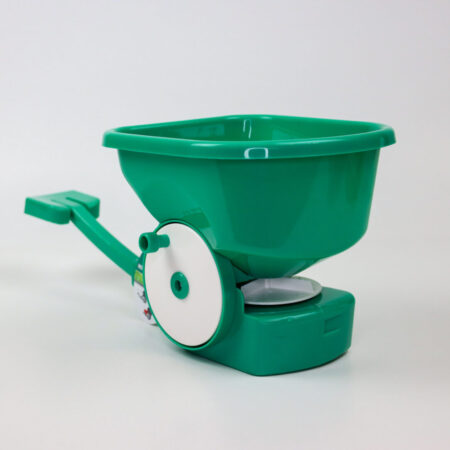


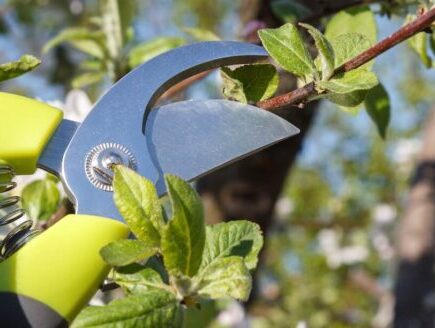

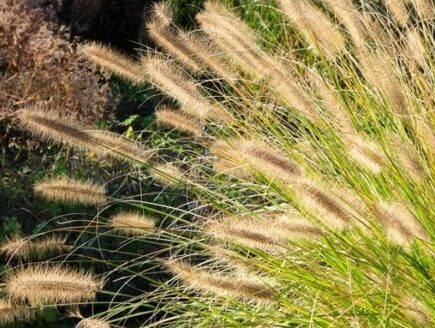











Comments (0)
There are no comments yet. Well then, what are you waiting for to
Be the first to write your comment!inaugurate this pretty page?
Do you have some comments?